Using a derivative of cellulose, researchers explore making a natural food colorant from materials whose surfaces manipulate light.
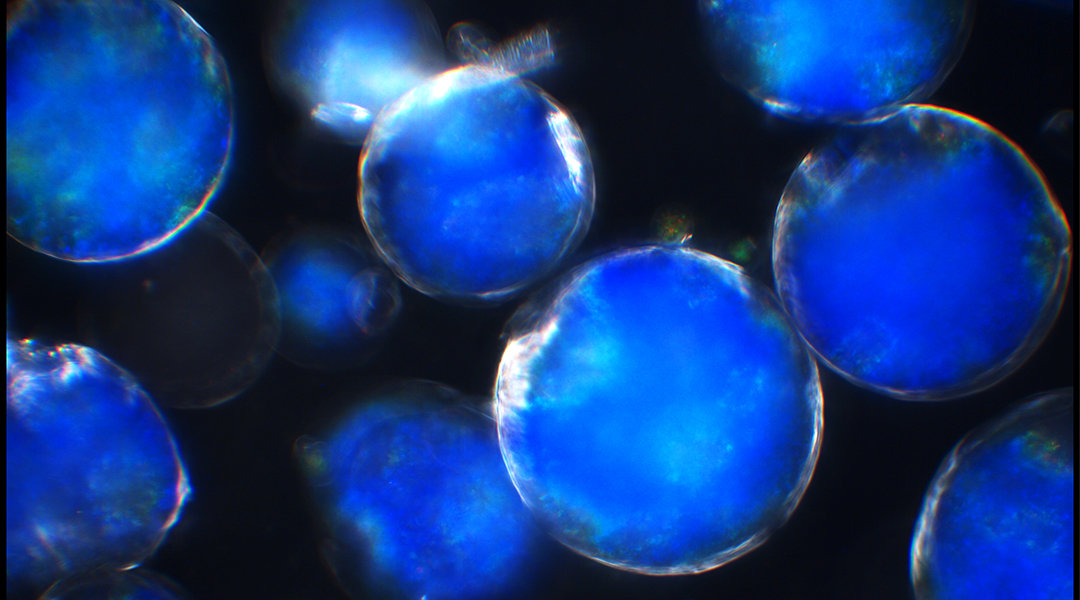

Using a derivative of cellulose, researchers explore making a natural food colorant from materials whose surfaces manipulate light.

Nine different ways of using technologies based on microbes that can make space research more circular and generally more sustainable.

A recent study ranks popular diets and finds that keto and paleo have four times the carbon footprint of vegan while also being less healthy.

Using sound fields to trap particles and mold matter in complex shapes, scientists are taking 3D printing to the next level.
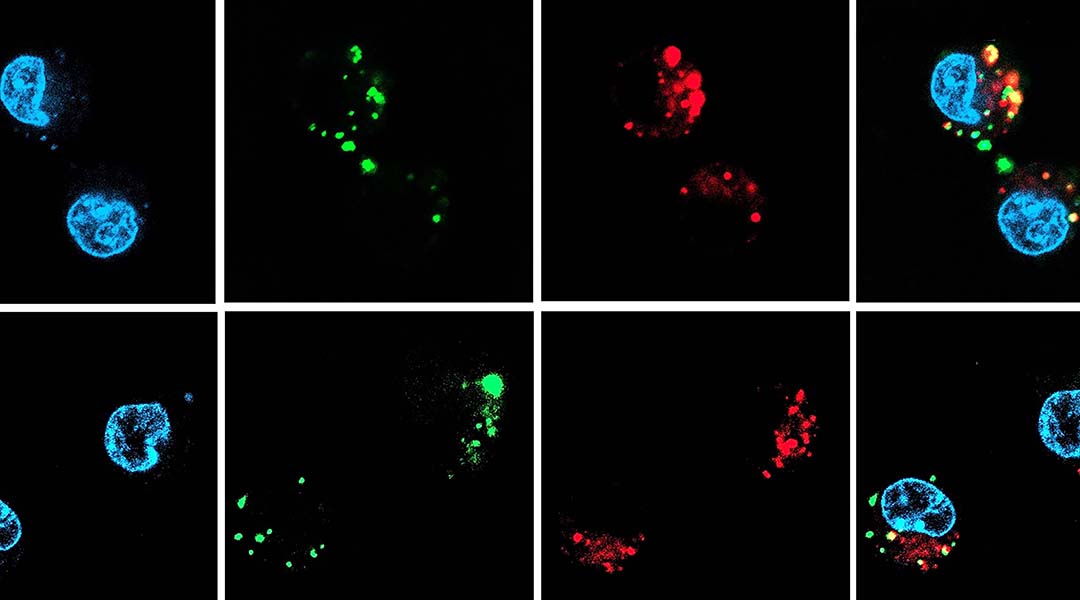
Drugs based on nucleic acids are easily degradable and tough to deliver, but a way around this is to coat them in protective carrier.
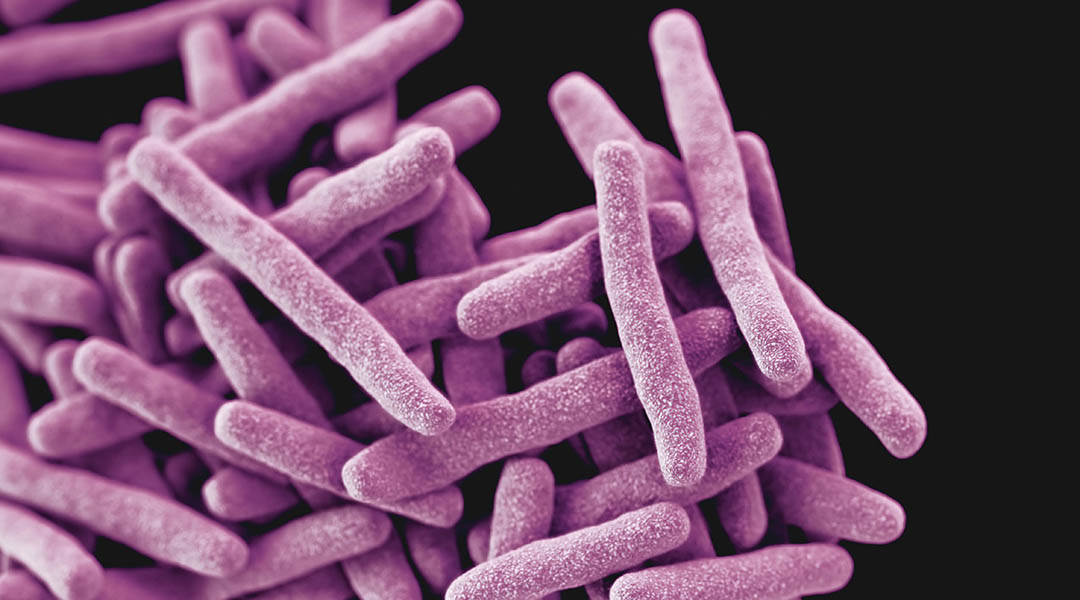
The genetic variant that causes Gaucher disease may have helped breakdown tuberculosis-causing bacteria in cells through lipid buildup.
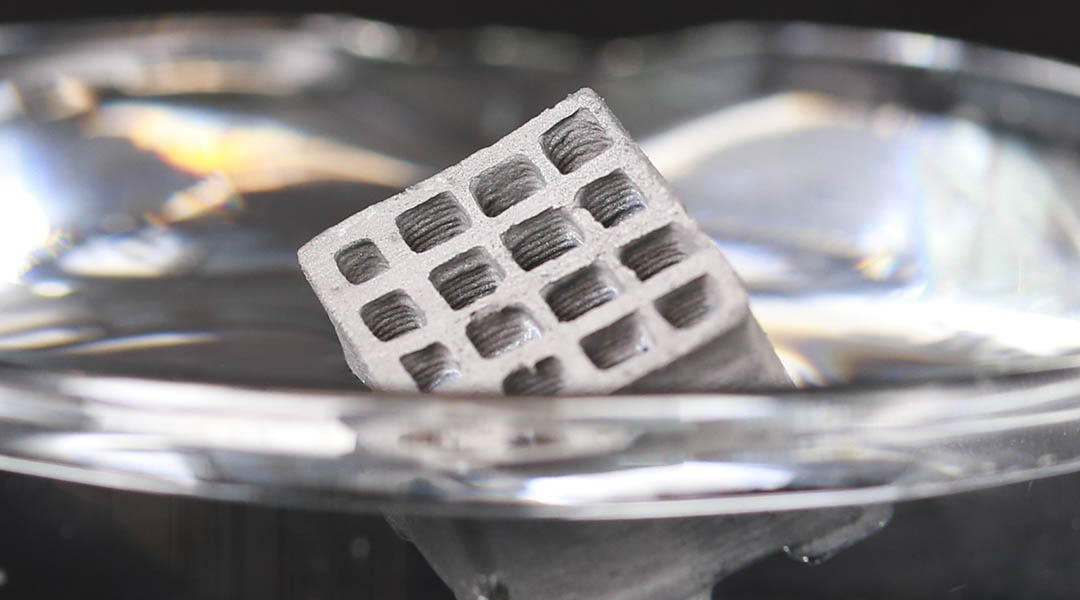
Striking images and innovative science — from a hydrogel chessboard to floating steel and a thyroid-on-a-chip.

Data collected over the last 100 years in northern Finland demonstrates drastic changes pollinator species linked to climate change.

The sulfate-free movement in beauty products has been gaining popularity, but this isn’t based in science, say experts.
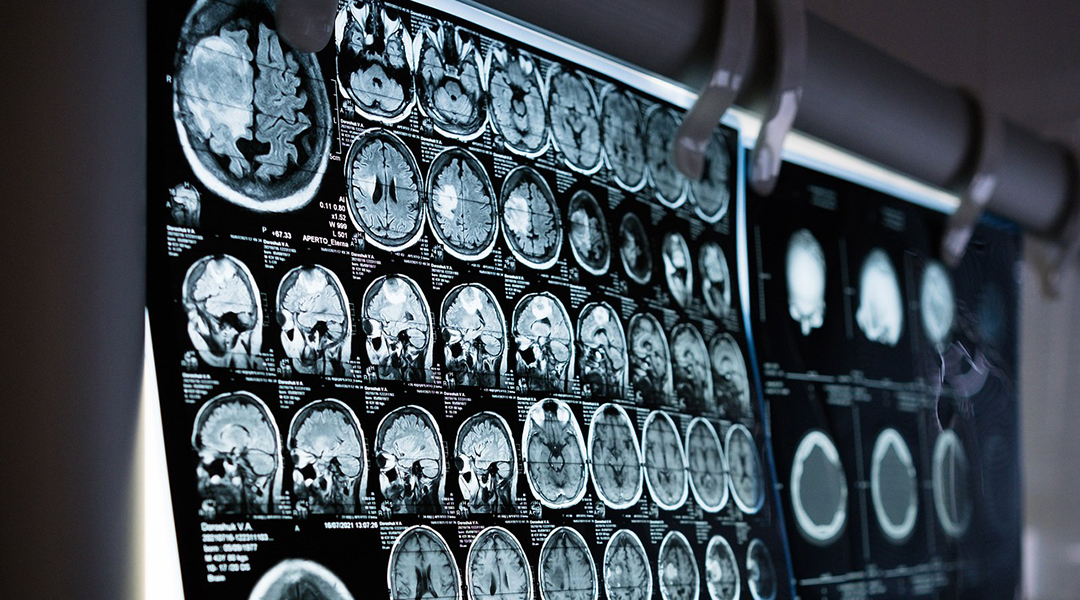
The newly discovered layer has an almost imperceptible width, allowing it to escape the notice of older imaging and experimental techniques.